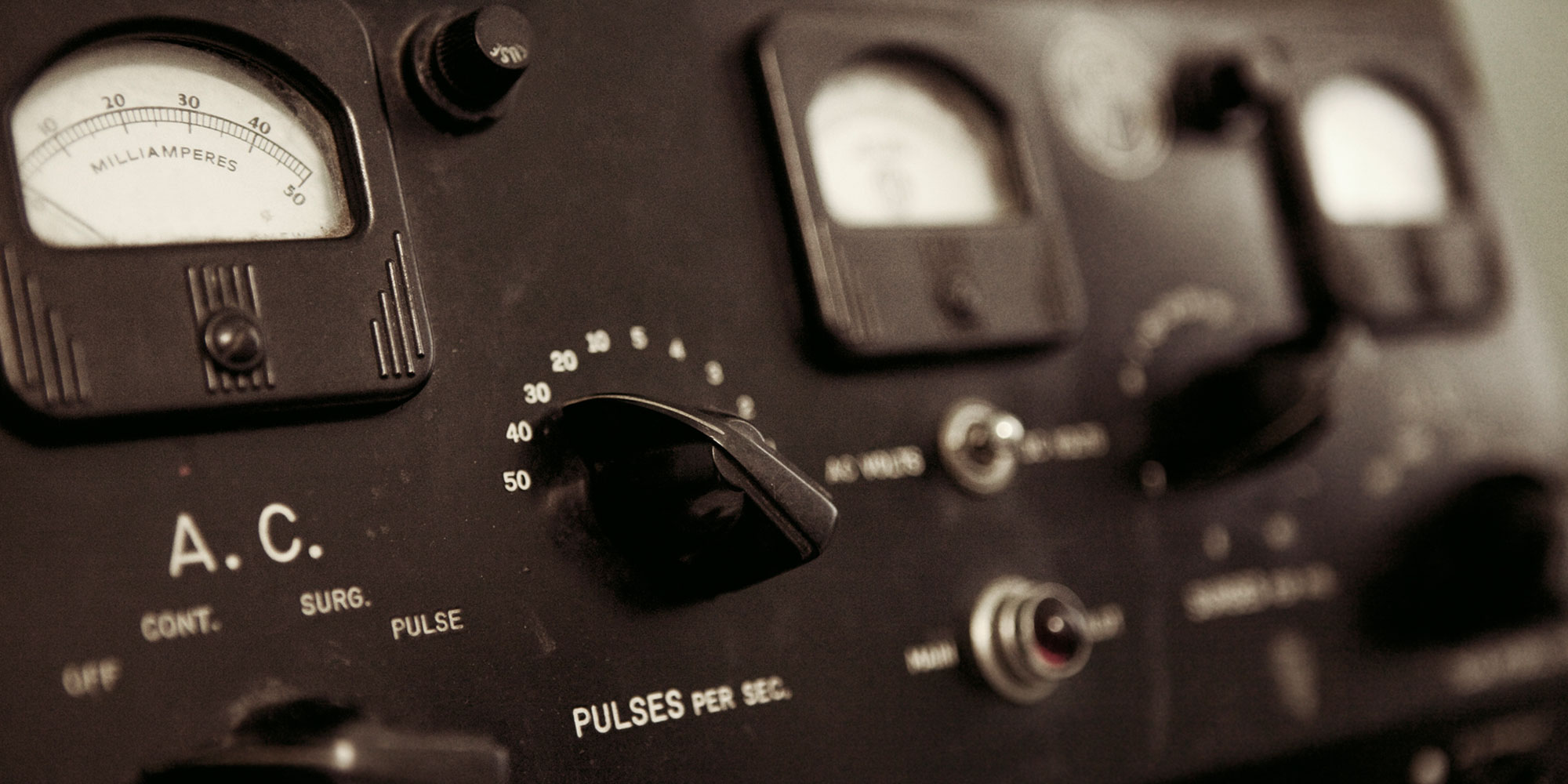
I thought this blog topic may be of interest to anyone who is seeking alternative depression treatments or may be considering TMS treatment. “How did anyone ever think of using magnets to treat the brain?” I have been asked this question by many of our patients when I am sitting with them to do the informed consent process right before getting their first treatment. The comment that I typically get after going over the history of TMS is, “Geez, if I had known about this, I might have gotten TMS sooner instead of suffering unnecessarily all these years!”
The concept of using magnetic fields to treat disease in the brain traces back over 130 years ago. In 1881, the English physicist Michael Faraday observed that a pulse of electric current passing through a wire coil generates a magnetic field that can subsequently induce electrical activity in a nearby metal coil conductor or neurons (brain cells). Rapid changes in the magnetic field, affects neurons by depolarizing them and making them release the neurotransmitters that regulate brain functions. Because magnetic fields can pass the skull with almost no resistance, TMS can induce relatively large currents in targeted brain areas.
Clinical trials on TMS began in the 1950’s and since then more and more published studies have demonstrated that it can be used therapeutically in depression as well as a variety of other mental illnesses. The first modern TMS device was introduced in 1985 by English physicist Anthony Barker and colleagues. They demonstrated that TMS was capable of stimulating precise areas of the brain in awake and alert human volunteers and without the pain of electrical stimulation. Since 1985, there have been several thousand publications involving TMS. In 2007 a research psychiatrist James O’reardon, MD from the University of Pennsylvania conducted a study using repetitive TMS (rTMS) technology to treat 301 patients with depression. This study showed substantial improvement of patients’ moods (14.2% remission rate in the rTMS group vs 5.5% in the sham group) with an effect size at least comparable to a medication but much better safety and side effect profile. In fact, 4.5% of the rTMS group versus 3.4% of the sham group dropped out the study, most commonly due to scalp discomfort. Because the statistics from this study were questioned by many study reviewers it wasn’t until 2008 that the first rTMS device using a figure-eight coil was finally US Food and Drug Administration (FDA) cleared for the indication of treating depression. Eventually, another large trial funded by the National Institute of Mental Health (NIMH) by Mark George, MD of the Medical University of South Carolina was published with similar results as the 2007 study (14.1% remission rate in rTMS vs 5.1% in sham) and satisfactory statistics.
Meanwhile, another version of TMS, called deep transcranial magnetic stimulation (dTMS) using a newly designed H-coil targeting deeper and larger brain structures was under study at the National Institutes of Health in the late 1990’s and early 2000’s. By 2002, the H-coil was patented, and the procedure whereby the H-coil was applied to TMS became known as Deep TMS. Phase III clinical trials on dTMS treatment of major depression was launched in 2009 and the study was completed in 2012 by Yechiel Levkovitz, MD and his colleagues. They recruited 212 patients with refractory depression who had either failed or could not tolerate anti-depressant medication and treated them over a course of 12 weeks. Their study showed a remission rate of 32.6% in those receiving dTMS versus 14.6% sham treatment group with excellent safety and side effect profiles. These exciting results led the FDA review committee to approve the clinical use of dTMS very quickly in 2013. Then in 2018, the FDA approved dTMS for the treatment of Obsessive Compulsive Disorder (OCD). In Europe, dTMS is CE approved for the treatment of additional neurological and psychiatric conditions:
As evidenced above, TMS has evolved into a critical tool in basic neuroscience investigation, in the study of brain disease states, in the treatment of a host of neurological and psychiatric conditions, and in FDA-indications. TMS holds a number of advantages over medications and electroconvulsive therapy (ECT). Unlike medications, TMS does not have systemic effects such as drug-drug interactions, weight gain, sexual dysfunction, nausea, tremors, dry mouth, diarrhea, headaches, constipation, sweating, sleepiness or anxiety. It also does not cause memory impairments observed in ECT treatment because anesthesia or muscle relaxant medication are not used. Patients are awake and alert during the procedure and can resume routine activities right after the treatment is completed. TMS technology has become more accepted and more and more clinics are offering this treatment to patients. To date there has been no long-term side effects of TMS.
References:
George MS, Lisanby SH, Avery D, et al. Daily Left Prefrontal Transcranial Magnetic Stimulation Therapy for Major Depressive Disorder: A Sham-Controlled Randomized Trial. Arch Gen Psychiatry. 2010;67(5):507–516. doi:10.1001/archgenpsychiatry.2010.46
Levkovitz, Y., Isserles, M., Padberg, F., Lisanby, S. H., Bystritsky, A., Xia, G., … Zangen, A. (2015). Efficacy and safety of deep transcranial magnetic stimulation for major depression: a prospective multicenter randomized controlled trial. World psychiatry : official journal of the World Psychiatric Association (WPA), 14(1), 64–73. doi:10.1002/wps.20199
O’Reardon JP, Solvason HB, Janicak PG, Sampson S, Isenberg KE, Nahas Z, et al. . Efficacy and safety of transcranial magnetic stimulation in the acute treatment of major depression: a multisite randomized controlled trial. Biol Psychiatry. (2007) 62:1208–16. 10.1016/j.biopsych.2007.01.018
– R.M.
"Dr. Park is an extremely knowledgeable and patient doctor. He will work with the patient until the very end, providing all the services on his end that he has. It's always a joy to see his smiling face and meet with him. I hope he practices forever."